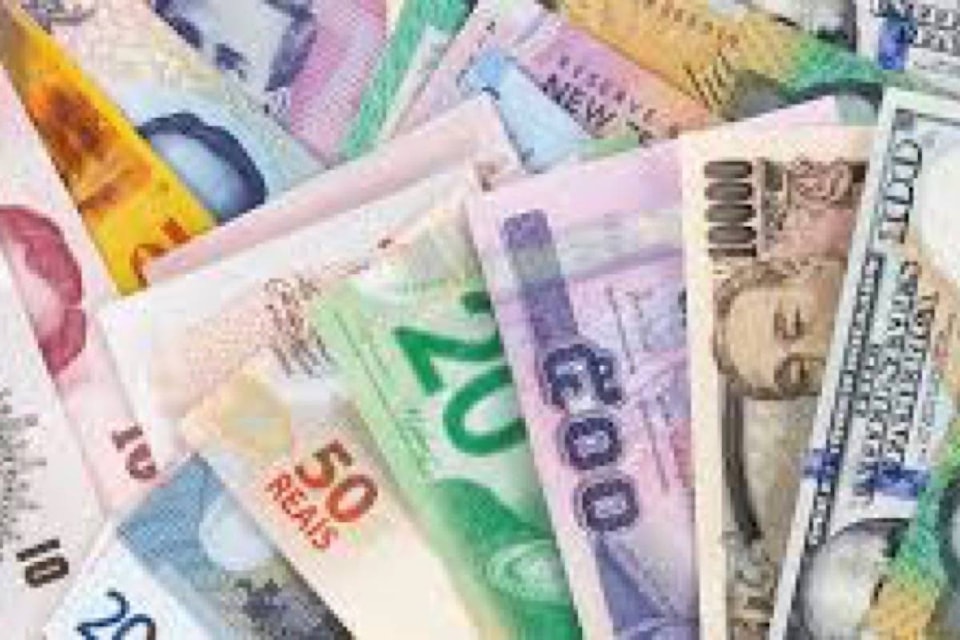Editor’s note: The following is the first in a series of articles on money.
Many thousands of years ago humans realized that if we specialized in providing food and lodging for ourselves and families, we could improve our living standards. Some of us became hunters, others gatherers, some became farmers, others, crafts people, etc., leading to the process of bartering food for bowls, bows for arrows, and so on.
Over time, however, it became difficult to barter what Jill had that Jack wanted and that Jack had what Jill wanted at the same time. And if they couldn’t find a third person who could complete a triangular trade, then the concept of an interim and acceptable medium of exchange became necessary. It may have been a chicken, or a watermelon, or a bottle of champagne – something in relative demand.
Acceptable media of exchange have taken many forms over the years: rare shells, cattle, persons (wives, slaves, etc.), special stones, coins, paper, cigarettes, coffee, favours, etc. Over time, it came to be realized that the best media to be used had to be limited in quantity (rare), be divisible, beautiful, durable, portable, and acceptable, in other words something of recognized acceptability by a majority in society.
About 5,000 years ago, gold and silver coins of specified purity became acceptable as a more universal or acceptable kind of “money” with inherent value. Various coins of different standard sizes (weights) came to be of recognized value for trading for different kinds of goods and services – in other words, as the market determined, or whatever the market would bear. If someone was charging too much for their goods or services, relative to their quality, that individual would have to lower their unit price, improve the quality of their product, or go out of business.
As time passed and commerce became more complex, banks came into being where money could be stored for safekeeping (savings) until it was needed for a transaction of some sort. As transactions became larger and more complex, paper certificates came into being with denominations standardized to represent a certain number of coins, evolving into paper “currency” (dollars, yen, lira, francs, etc.) backed by gold or silver, with the precious metal being deliverable by the bank upon presentation by the holder of the paper certificate (currency), on demand. What this all means is that real money must represent the value of real goods or services created.
The value or purchasing power of gold and silver coins was established in the market place. Providers of goods and services would ask for a certain value of coinage and the purchasers would offer a value they thought reasonable. When both sides agreed, a value was established, and that principle exists today. Providers either ask an acceptable price or go out of business. That is how a free market should work.
The next article will discuss other matters relating to money, such as “fiat money” — paper currency made legal tender by law, but not based on, or convertible into precious metal coin.
Fred Aurag has been studying economics and the world scene from Vernon’s perspective for more than 30 years.
